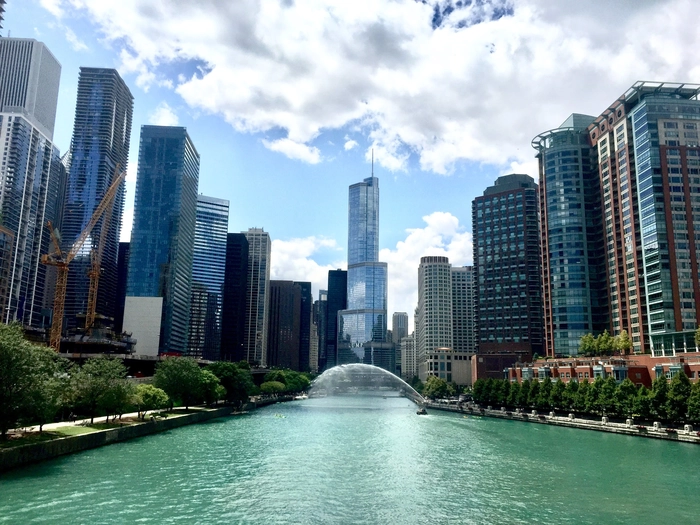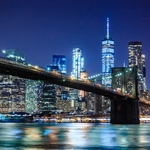Origins of the town
Founded in 1833 at the mouth of the Chicago River, the city grew exponentially thanks to its strategic location as a commercial and transportation hub. Over the years, it has become a major industrial center and cultural crossroads, attracting migrants from all over the world.
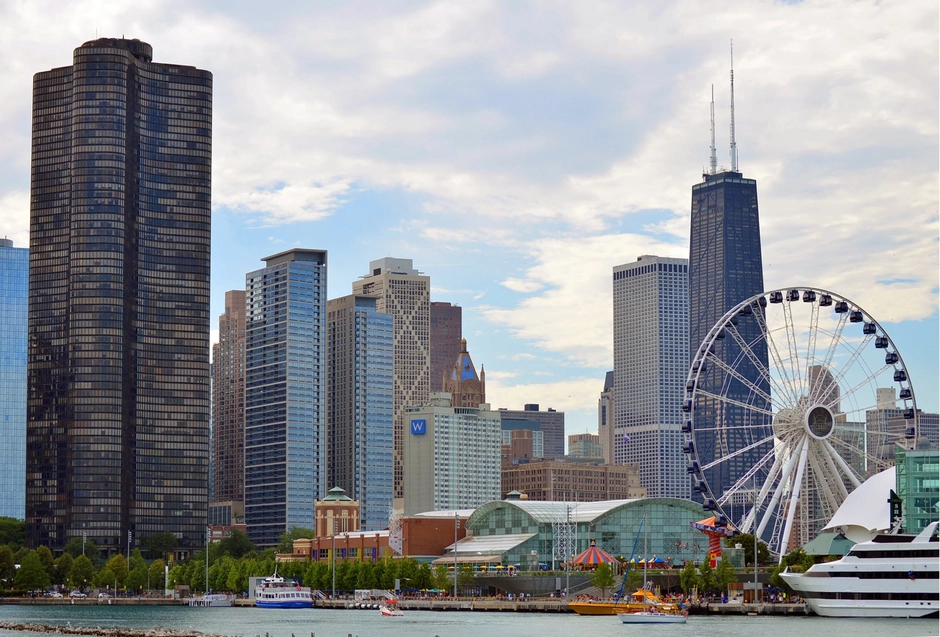
Chicago's special features
Chicago's bold architecture is an iconic feature. Towering skyscrapers such as the Willis Tower (formerly Sears Tower) define the skyline, while Millennium Park offers an innovative urban space. The city is also renowned for its street art, music festivals and, of course, its iconic culinary scene.
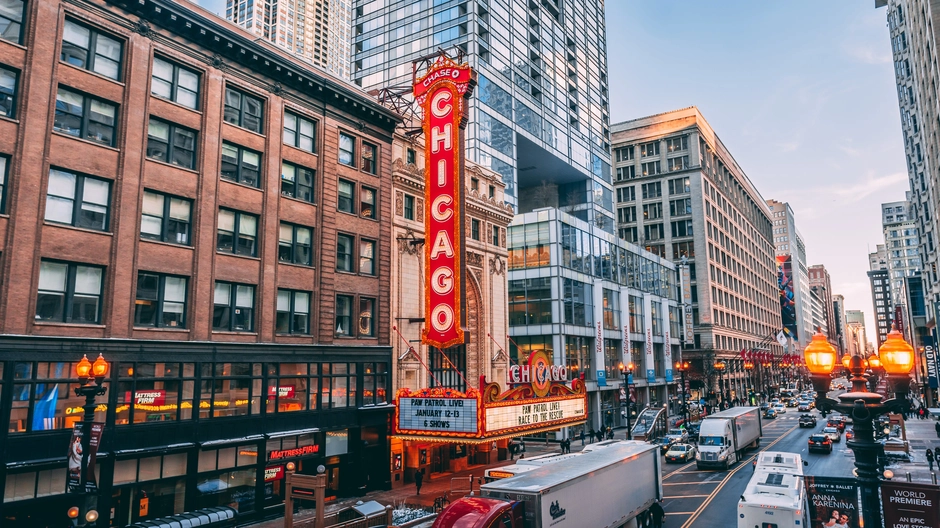
Robust climate
Chicago's climate is a force of character. Cold winters and hot summers add a unique dimension to the city experience. The shores of Lake Michigan create a microclimate, while the wind that blows through the city in winter has earned it the nickname City of Winds. Yet Chicagoans embrace these seasons with characteristic resilience.
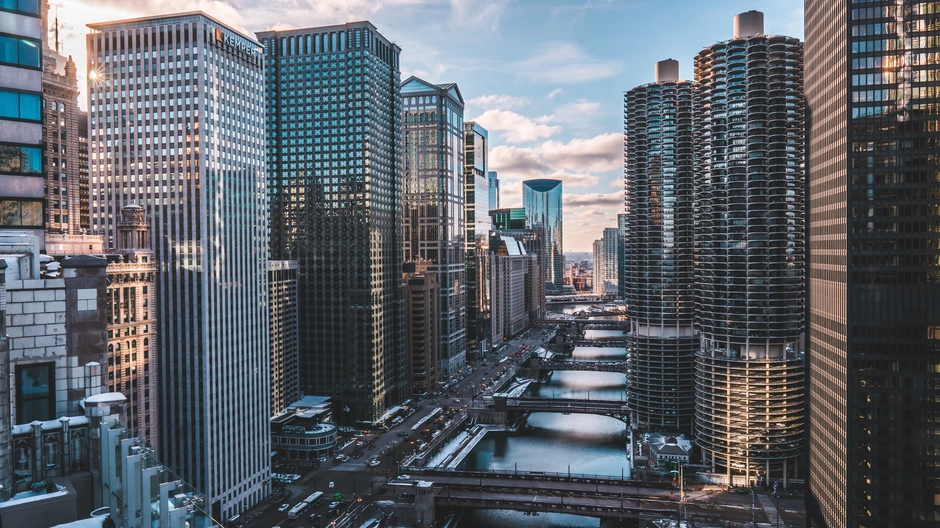
Warm population
Chicago's population is a reflection of the city: diverse, dynamic and friendly. Ethnic neighborhoods such as Little Italy and Chinatown coexist harmoniously with artistic districts like Wicker Park. Chicagoans, proud of their city, create a welcoming atmosphere where every street corner tells a unique story.

Conclusion
Chicago, with its commercial past, bold architecture, robust climate and dynamic population, remains a singular force in the heart of America. It's a city where innovation meets tradition, where every neighborhood offers a distinct experience. Chicago, the Windy City, continues to inspire and captivate those who embrace its unique energy and undeniable urban charm.
